Stuntmen: Repetition and Simulation
I
As an artist born in the 1990s, Shohei Yamamoto confronts an unprecedented volume of historical image resources. For individuals, the volume is virtually infinite from flickering screens, mottled old photos, faded print materials, and hardcover or paperback books, to postcards purchased during travels and oil paintings with traces of time preserved in brushstrokes. Painting, as the oldest form of imaging, has been challenged by other media (such as photography) since the 19th century. To Shohei Yamamoto, the situation becomes more intricate, as the reference points for artistic practice have shifted from the history of art and images to the history of media and “intermediationality.”
"Intermediationality" reflects the interrelationship between modern media—imitating, influencing, absorbing, and competing with each other. In this complex interactive process, novel forms of expression consistently arise, collectively forming a broader cultural environment. At the boundaries of different media, a fog of ambiguity emerges, constantly shifting between photography, painting, printed materials, film, and beyond, evoking a subtle balance between different memories: classical/modern, natural/industrial, nostalgic/futuristic, conservative/radical, artisanal/assembly-line, archival/painterly, and so forth.
Deep time was originally a geological concept, but it also proposed a rudimentary form of "archaeology of knowledge " in terms of culture: when a “epistemes” exceeds the scope of an individual's life experience, how will it be perceived and discussed? To answer this question, contemporary artists attempt to introduce image techniques and processes from different dimensions. Marshall McLuhan stated, “The medium is the message,” based on which artists realize that “how to paint” (the form of medium) is more important than “what to paint” (the content of information), in order to convey their ideas and emotions effectively.
With this exhibition, the artist Shohei Yamamoto takes “stuntmen” as a starting point to engage his creative process spanning multiple production departments and processes: digital darkroom, industrial printing, manual transfer, and coating process. Through these new techniques and methods, and by forging new connections between them, the artist explores topics directly related to painting, such as the history of cultural exchange and the nature of visual authenticity. The exhibition will focus on his two most used painting approaches: repetition and simulation. In the context of intermediationality, the artist undertakes a profound critique and reflection on the process of painting.
II
“Repetition” is the strategy Shohei Yamamoto most used in his early work, and it is key to forming his aesthetic language in painting. For example, in the series “Calcite on Myth”, he transfers images of marble sculptures from Western mythology onto canvas, before covering the surface with paint mixed with calcite powder by using a homemade roller, to achieve a result of shattered screens. He believes that the code for innovation in painting lies in “repetition”: first, there is the repetition of covering and negation. For instance, the gaps between the calcite brush strokes faintly reveal certain parts of the figures, creating an abstract pattern that contrasts and balances with the material texture of the calcite. The aesthetic effect of the two forms is a clever example of the use of “intermediationality.” Furthermore, the artist has repetitively used existing image resources, and in each reference of the image, the resulting difference is a form of “recreation”.
"Reiterate-Lines" is the artist’s abstract painting series created with a roller. In this series, the roller's role is not to cover and erase images but to repeat and reinforce them. Shohei Yamamoto uses the technique of “drip painting” in gestural abstract to create a line on the canvas, which is then replicated with a roller, leaving behind signals of ongoing diminishing and echoes of weakening; the hand-drawn prototype information continually generates noisy copies in the replication process. In “Reiterate-Rebel without a Cause,” an identical creative technique is used, but the abstract lines are replaced by concrete cartoon images, responding to pop art by Andy Warhol. Gestural abstract and pop art were originally opposed in the narrative of art history; however, through the "intermediationality" of Shohei Yamamoto, the boundary between random and mechanical repetition is blurred, creating room for a more intricate approach to painting.
“Reiterate” represents Shohei Yamamoto’s profound reflection on Japan’s cultural history. Japan has long experienced a dominant export of foreign cultures, leading to a distinct approach to their acceptance: maintaining the superficial “distinctiveness” of these cultures rather than deeply absorbing and assimilating them. This preservation of “distinctiveness” immediately identifies these as foreign symbols. This cultural strategy of “both identifying with and rejecting” has resulted in another unique phenomenon in Japanese culture: new cultural trends can rapidly rise in popularity and quickly fade into obscurity. The symbols of ongoing decline in the “Reiterate” series appear to directly mirror this cultural reality. However, Shohei Yamamoto’s work goes beyond merely representing cultural phenomena; instead, through an exploration of these phenomena, he develops a distinctive aesthetic with a personal touch.
III
In his latest "Untitled" series, Shohei Yamamoto revisits the relationship between photography and painting through simulation. The artist places photographs of classical sculptures or landscapes in a digital darkroom and uses digital brushstrokes to simulate the effect of oil painting. After transferring the images onto canvas, the artist then uses translucent gel to create a layer of physical strokes on the surface. After two rounds of simulation, the work presents brush stroke traces shaped by the oil painting process and a glossed surface.
Evidently, this presents a form of “simulation” achieved through the use of various industrial materials to “compose” images that closely resemble the prototype. In previous artistic practices, artists often used traditional painting materials to replicate images from other media, such as employing charcoal pencils to mimic monochromatic photographs or using oil paint to imitate movie stills. However, Shohei Yamamoto has adopted the opposite strategy by employing alternative media to simulate oil painting. This concept inevitably evokes the story of painting competitions in ancient Greece.
In ancient Greece, two painters competed in a painting contest. One of them, named Zeuxis, depicted a cluster of grapes with such mastery that a bird descended and pecked at the grapes, mistaking them for real fruit. Zeuxis was very delighted and proclaimed, “I have painted so realistically that even the birds are deceived.” Then he challenged his rival, the painter Parrhasius, to unveil his painting. However, Parrhasius replied, “The veil is my painting.” In this contest, Parrhasius won, for his veil was so lifelike that it deceived all who beheld it.
If the practice of using painting to imitate other media is illustrated by the grapes under Zeuxis's brush, then Shohei Yamamoto’s practice is akin to the curtain painted by Parrhasius.
Typically, the act of painting aims to use illusion to prompt individuals to reconsider specific objects and reassess their connection with the world. Therefore, in the "Untitled" series, through simulating simulation, an illusion about illusion emerges, compelling us to reconsider the illusion inherent in painting itself. Throughout the manual transfer process, the image acquires damage and scratches, resembling the marks of time on old photographs. Upon closer inspection of the strokes created by the gel medium, viewers will also notice that the image is not actually painted with pigment. These imperfections are intentionally preserved by the artist to encourage the audience to question the medium's authenticity: is it truly a realistic painting or a processed photograph? The artist seizes this opportunity to raise such inquiries: in our tangible world and in our perception, digital simulation, image creation, and the principles of observation act as layers of curtains. Beneath these veils, can the body still directly perceive the world?
As a new generation painter, Shohei Yamamoto offers a perspective remarkedly different from that of his predecessors. He engages with painting through the lenses of imageology and media studies, using them as tools to contemplate the history of painting, vision, and culture. In his approach, “Stuntmen” ceases to be a marginalized character overshadowed by the “protagonist” but rather emerges as the focal point on the stage itself. Through this transformation, historical media no longer serve merely as “vessels for carrying memories and emotions,” but rather as instruments that fundamentally challenge the most fundamental aspects of cognition—what has shaped our identities? Are our past knowledge, perspectives, and emotions real, or are they particular ideologies molded by specific technologies?


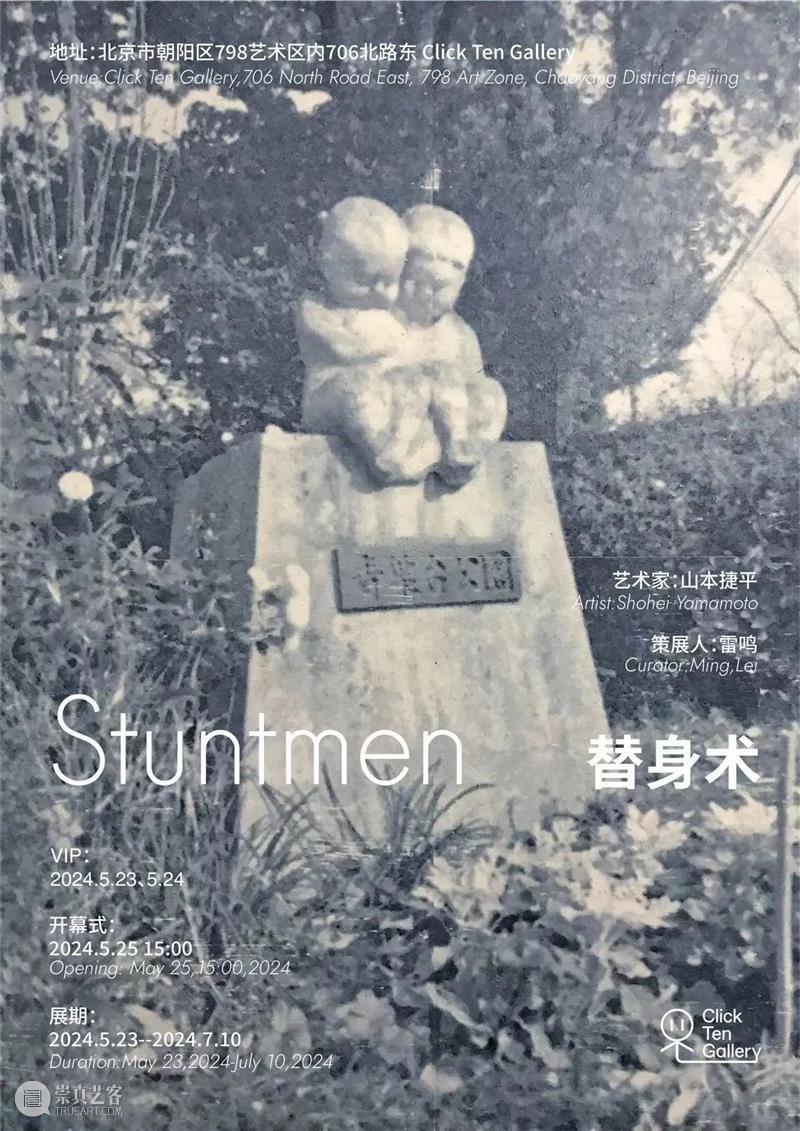

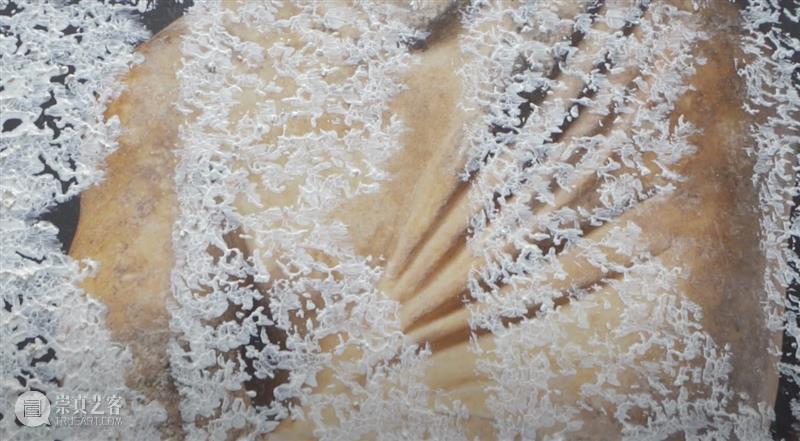
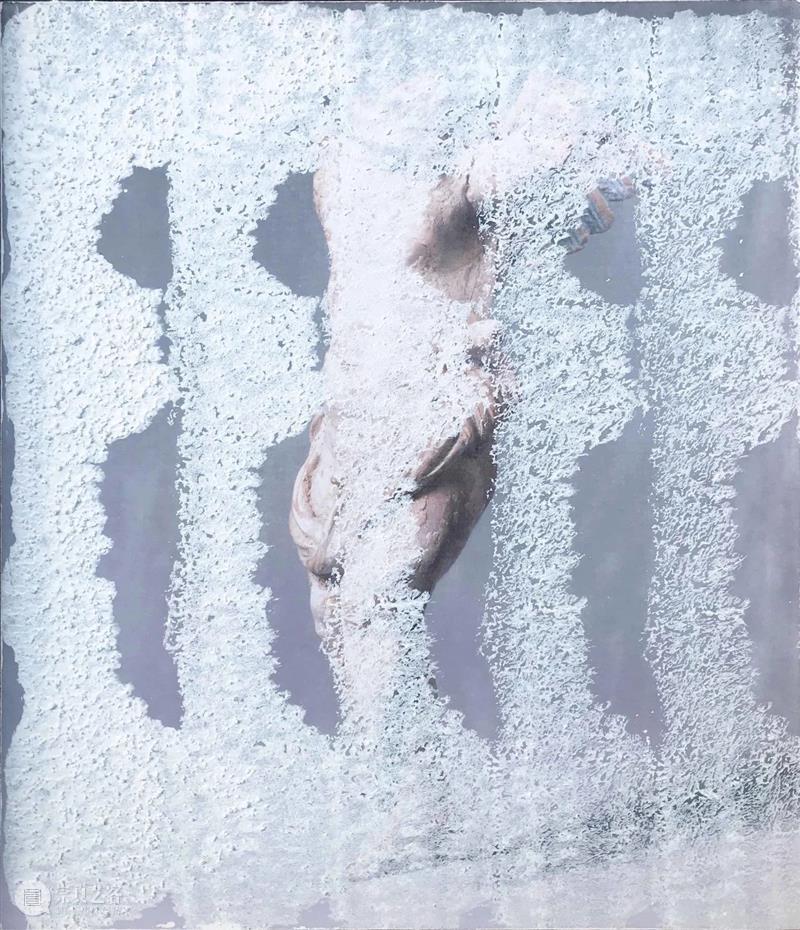
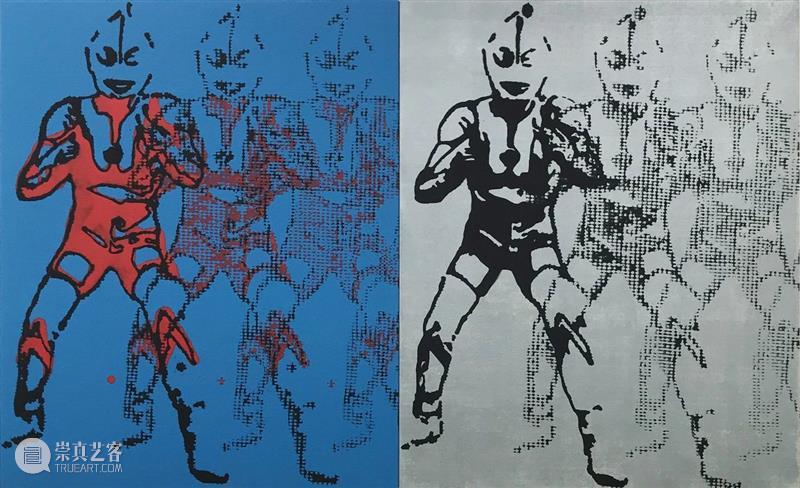
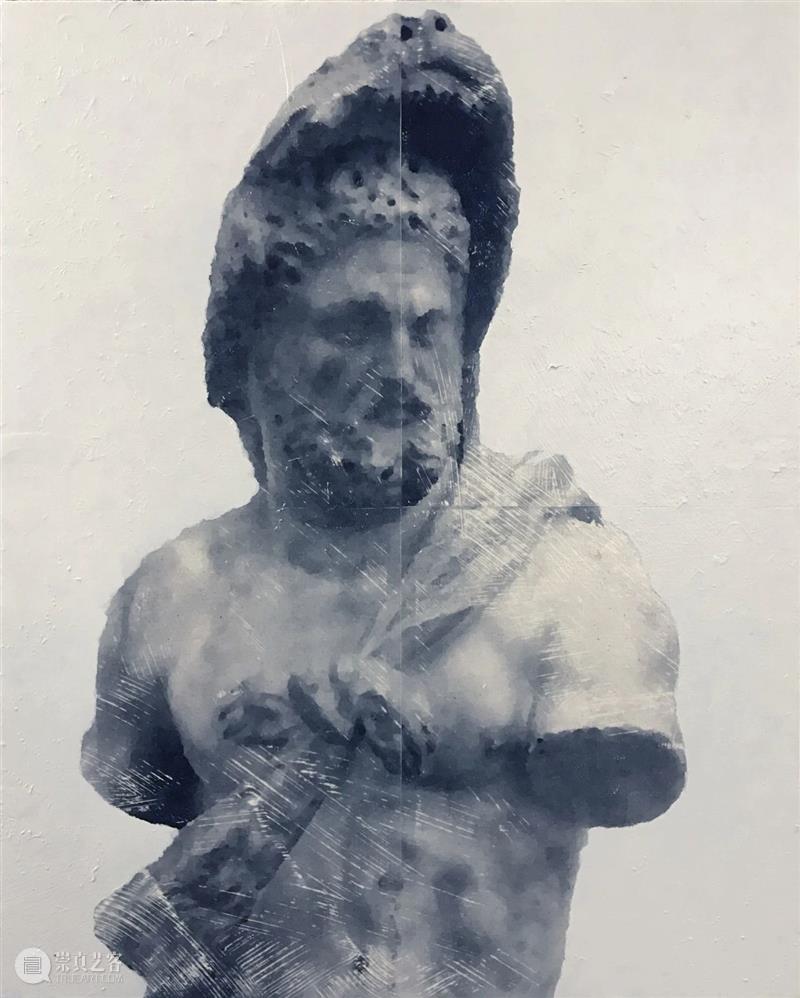
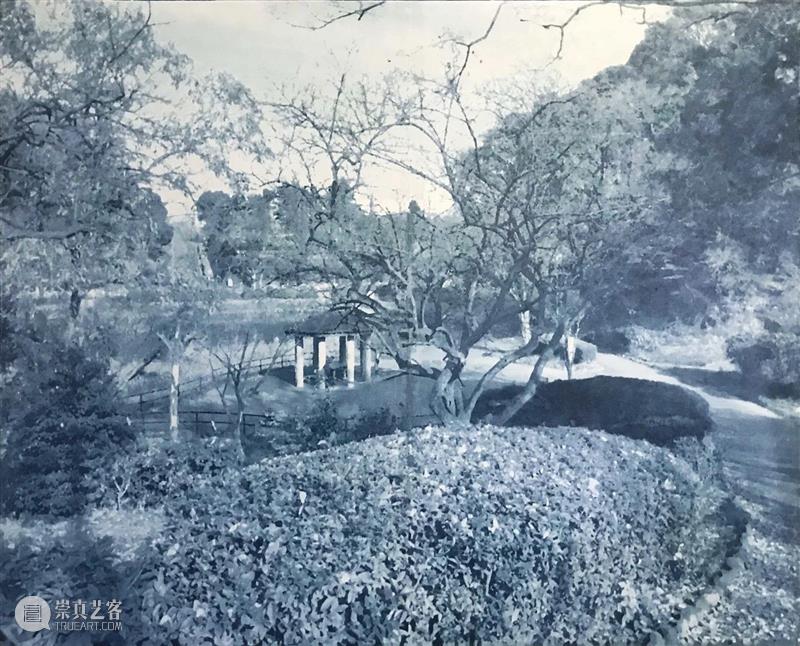

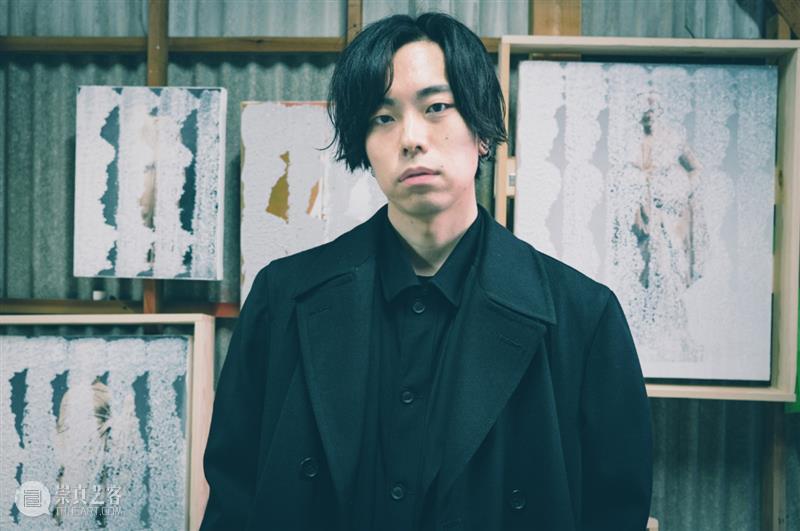

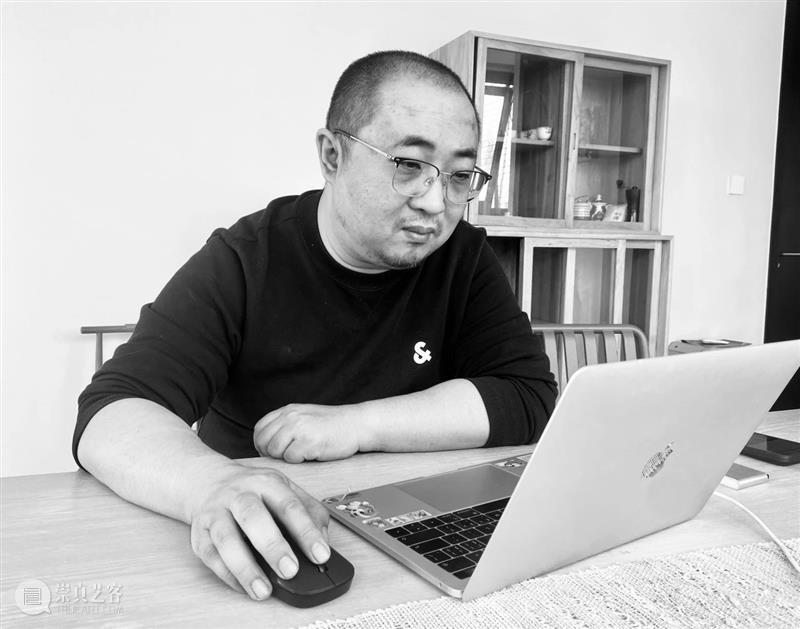
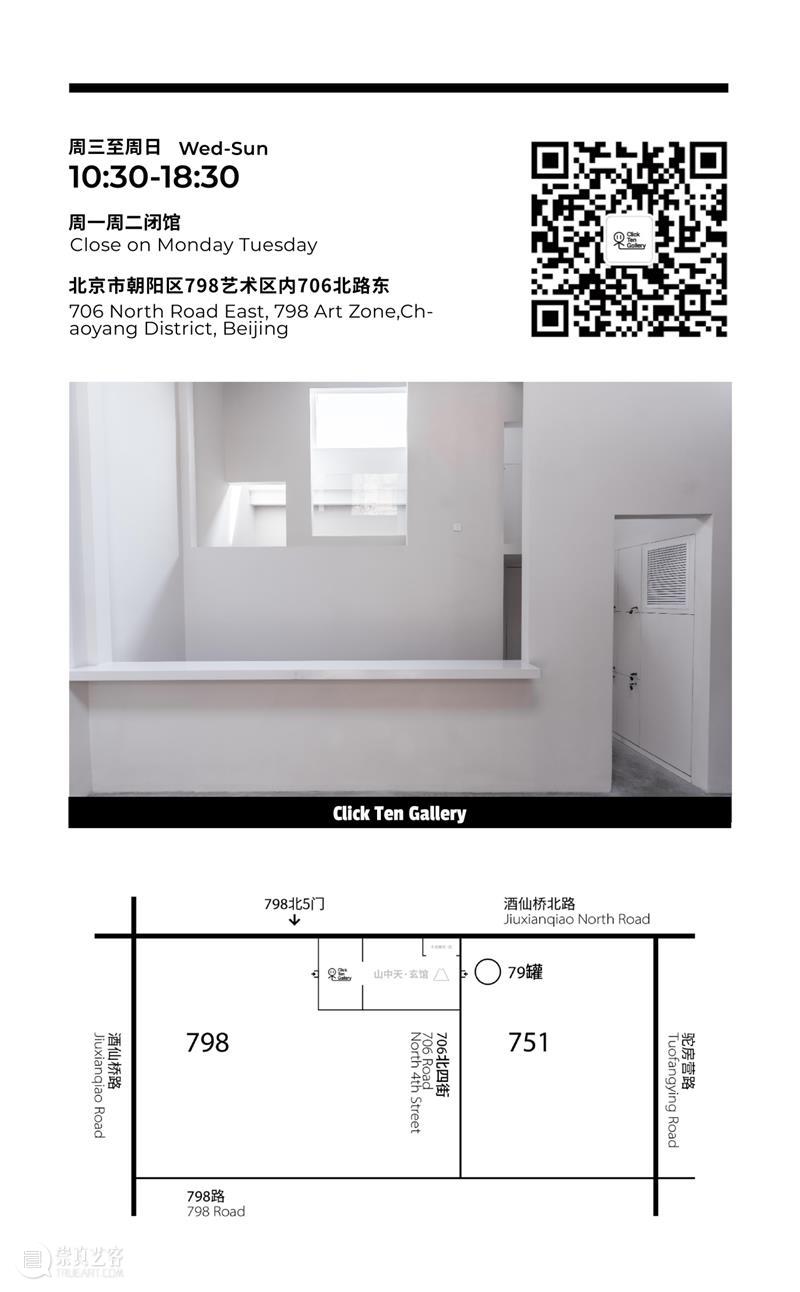





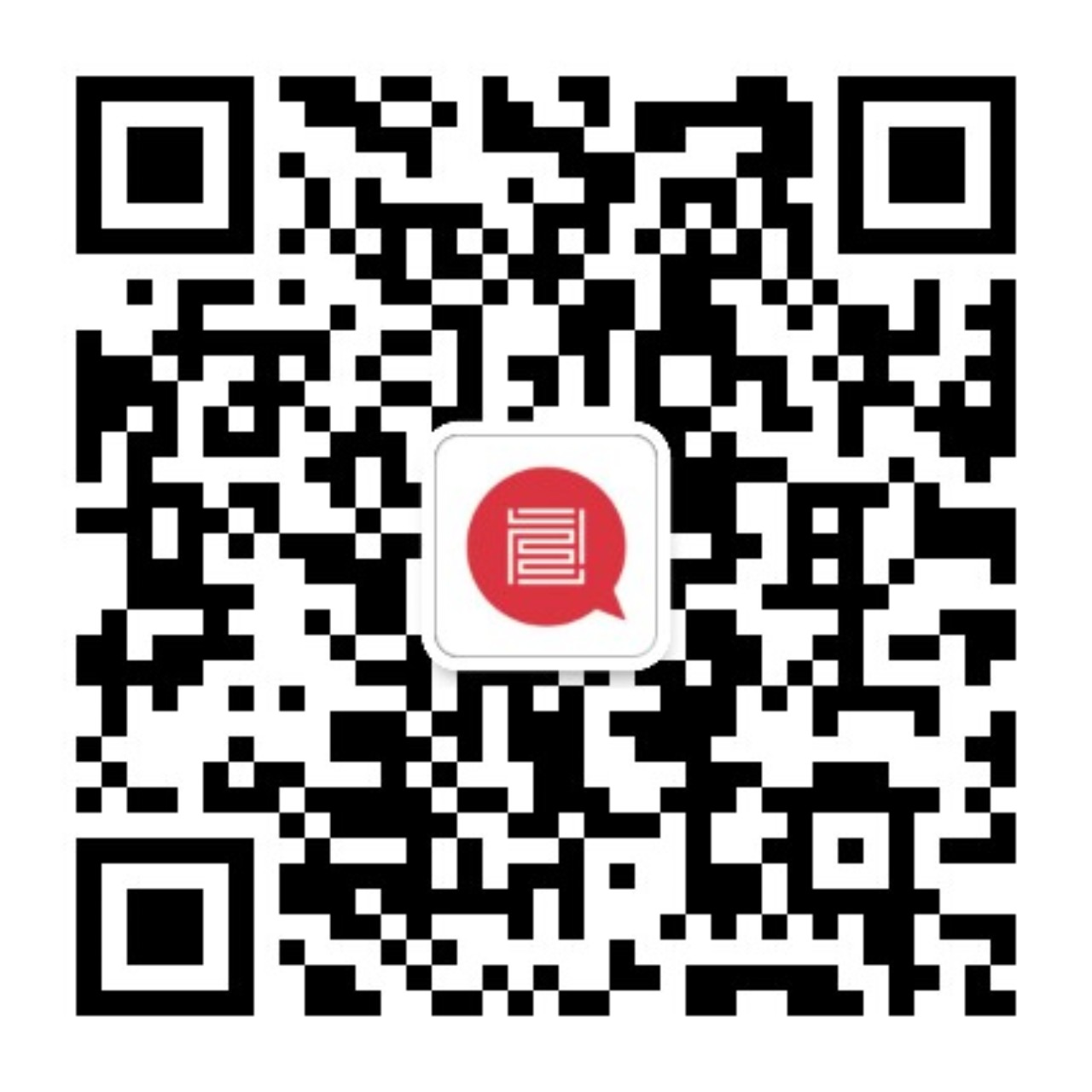

 分享
分享